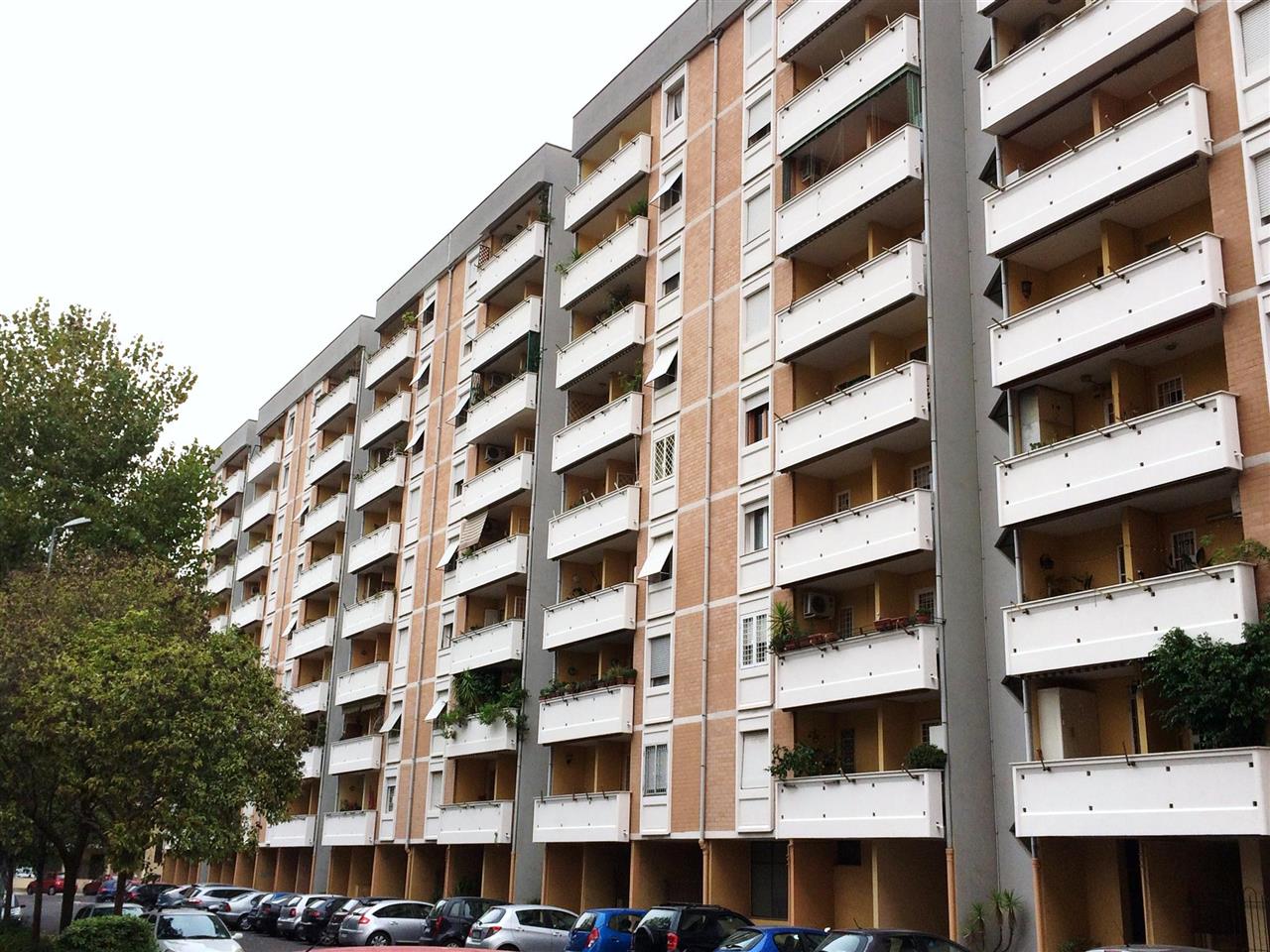Some 15.4 % of the EU population reported that they live in dwellings with a leaking roof, damp walls, floors or foundations, rot in the window frames or the floor. And some 8.7 % are unable to keep their home warm enough. This data comes from the last Eurostat survey.
However, boosting energy efficiency interventions is particularly difficult because of the cost and the inconvenience to people during the works. And this is even more so in buildings such as huge blocks of flats where the dwellings are owned by a large number of individuals. It is therefore essential to inform people on the long-term benefits of a green makeover and involve them in the process.
This is what has been done in Colli Aniene, a neighbourhood in Rome, Italy. Here an eight-floor building of 80 flats will test new technologies and innovative financing solutions to improve its very poor thermal performance, under the EU project Buildheat. The flats should jump energy class, from G (150-170 kWh/m2 per year) to A (20-30 kWh/m2 per year), adding 15% to the market value and allowing households to save around 70-80% in energy costs, according to the project’s estimates.
This means that, for example, a 95m2 flat (the size of the apartments of the demonstration building) of 270,000 EUR, can be worth 40.000 EUR more, which is roughly the cost of the upgrading works. But there’s also the money saved from lower bills, around 800 EUR per year, also considering the rise in energy prices over the years.
The planned intervention includes: a “ventilated façade” (an insulating layer and an air gap interrupt the physical continuity between the cladding and the wall of the building, which improves humidity performance and duration of the insulation by shading from rain and wind), the installation of heat pumps for heating and cooling, 70 kWe photovoltaic panels on the building's roof, and around 250 m2 of thermal solar panels on the south façade. Such measures do, of course, require everyone involved to agree to the works as it would be impossible to upgrade a single flat.

Current façade of BuildHeat Demosite in Rome before the intervention.
Once the evaluation phase of the required works has been completed, the amount of the investment will be made public and submitted to the flat owners for approval. The EU project will bear the cost of the innovative technologies contributing to the renovation. In addition, owners can benefit from a 65% tax deduction. A construction company will pay in advance the costs to the housing block and will recover the investment through the transfer of tax deductions from the households, which will cover the remaining amount due through monthly instalments over 10 years.
Antonio Barcella, president of the local civic association Vivere a Colli Aniene a Roma, (“Living in Colli Aniene in Rome”), is engaged in informing the citizens about the opportunities linked to energy-saving measures. “It is important to help them understand the advantages of energy rehabilitation and the economic benefits that will accrue over time. Of course, they have different points of view and often the elderly are not very interested in longer-term benefits such as the environmental aspects or increased market value for their flats."
Stefano Rocchi, president of the construction network Ri.ge.ne.ra., which is collaborating with the EU project to upgrade the energy performance of the building, says: “Refurbishing existing buildings to improve energy performance is a rather recent concern in public opinion. Furthermore, other important factors have hindered wide energy rehabilitation plans in Italy. For instance, the lack of clear and stable tax incentives, which are not structural measures and may change from year to year, and the bureaucratic procedures, which are excessively time-consuming.”
The process is usually the following: the housing block's energy requirements are assessed, and then an energy upgrade project is drawn up and submitted for approval to the assembly of owners. Applications are then sent to the municipal administration to obtain the permits. It is here where files get stuck, even for years.
“In order to speed up the procedure, municipalities should set up ad hoc offices and facilities for issuing permits for energy rehabilitation interventions,” says Fabrizio Martini, from Ri.ge.ne.ra.
Gabriella Masella, from the neighbourhood committee “Colli Aniene Bene Comune” (“Colli Aniene common good”) agrees: “The slowness of the administrative procedures doesn’t encourage citizens to start refurbishment works. The study and implementation of good practices for saving energy, along with attracting private financing, could considerably boost energy upgrades."